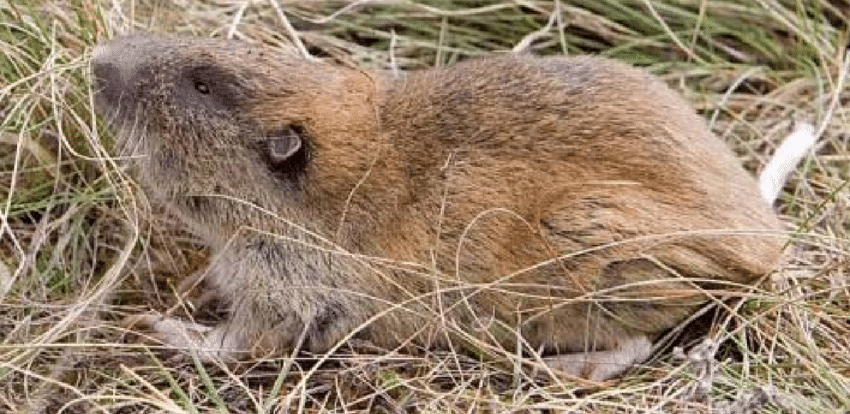Pocket gophers are the only truly subterranean rodents in North America and are rarely observed above ground. They are herbivores that require grasses and forbs for food and well-drained soil for burrowing.
They are generally territorial and solitary outside the reproductive season, and produce one litter per year, with an average litter size of five young. After weaning, female offspring often establish a burrow system nearby, but male offspring disperse.
Burrows include foraging tunnels and chambers for nesting and caching of food. Though territorial, burrow systems are often aggregated in favorable habitat. Pocket gophers are ecologically important as prey items and in influencing soils and plant species diversity, and their burrows are a retreat for amphibians, reptiles, and many invertebrates.
Pocket gopher predators include owls, coyotes, and bobcats.
Conservation
Resources
References
Stinson, D. W. 2013. Draft Mazama pocket gopher status update and Washington state recovery plan. Washington Department of Fish and Wildlife, Olympia, Washington.
